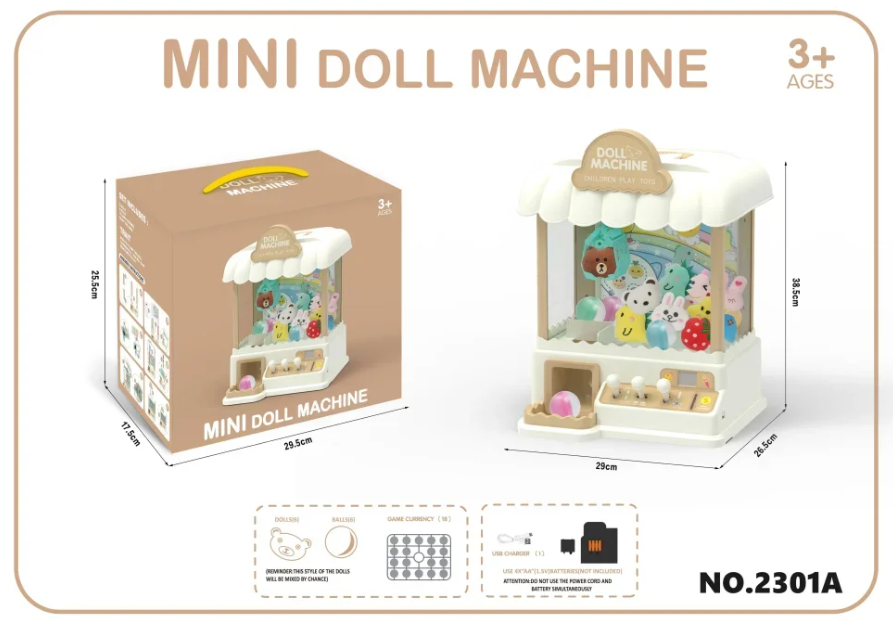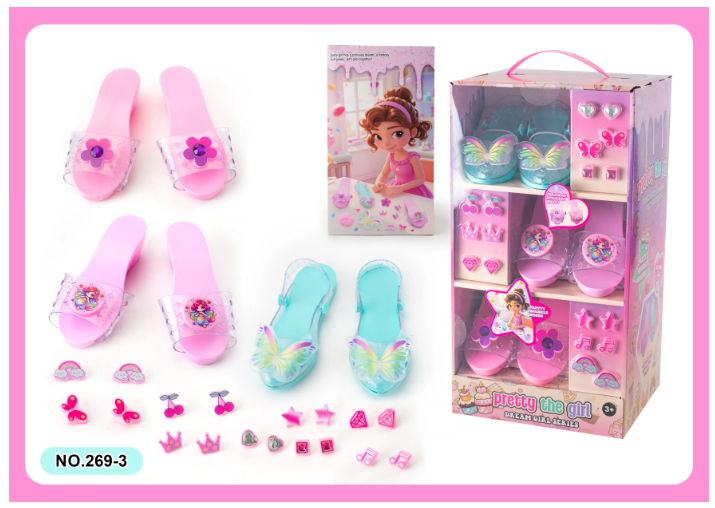The Surge in Used Goods: Exploring the Most Popular Items People Buy and Market Dynamics
The buying and selling of used items is a thriving sector driven by consumer demand for affordability, sustainability, and unique finds. As economic and environmental considerations shape purchasing behaviors, certain categories of used items consistently rise to the top. This article delves into the most popular used items purchased by consumers, exploring the factors influencing these trends and the market dynamics involved.
Understanding the Used Goods Market
The market for used items, also known as the secondary market, encompasses a diverse range of products that have been previously owned and are resold. This market appeals to a broad audience, from budget-conscious buyers to environmentally-conscious consumers seeking to reduce waste. The popularity of used items is influenced by various factors, including economic conditions, technological advancements, and shifting consumer preferences.
Top Categories of Used Items
- Electronics:
- Smartphones and Tablets: With rapid technological advancements, consumers frequently upgrade their devices, creating a robust market for pre-owned smartphones and tablets. These items are popular due to their high cost when new and the appeal of affordability in the secondary market.
- Laptops and Computers: Used laptops and desktops are in demand as businesses and individuals seek cost-effective solutions. Refurbished models often come with warranties, adding to their appeal.
- Furniture:
- Home Furniture: Items such as sofas, tables, and chairs are commonly bought used due to their high price when new and the desire for unique or vintage pieces. The used furniture market is buoyed by the trend of upcycling and repurposing.
- Office Furniture: Used office furniture, including desks, chairs, and filing cabinets, is sought after by startups and small businesses looking to equip their spaces cost-effectively.
- Clothing and Accessories:
- Vintage and Designer Clothing: High-quality clothing, particularly vintage and designer items, has a strong following. The allure of unique styles and luxury brands at a fraction of the original cost drives demand.
- Accessories: Items such as bags, shoes, and jewelry are frequently bought used for their fashion appeal and cost savings. The rise of online marketplaces has made it easier to access these products.
- Books and Media:
- Books: Used books, ranging from novels to textbooks, remain popular due to their affordability and the availability of rare or out-of-print editions. Secondhand bookstores and online platforms facilitate these transactions.
- Vinyl Records and DVDs: Collectors and enthusiasts seek used vinyl records and DVDs for their nostalgia and unique finds. The resurgence of interest in physical media has bolstered this market segment.
- Sports and Outdoor Equipment:
- Bicycles and Fitness Equipment: Used bicycles, gym equipment, and outdoor gear are in demand as consumers seek to pursue healthy lifestyles without the high cost of new items. This category benefits from the durability and longevity of such equipment.
- Camping Gear: Items like tents, sleeping bags, and backpacks are frequently purchased used due to their high initial cost and seasonal usage. Factors Influencing the Popularity of Used Items
- Economic Considerations:
- Cost Savings: The primary driver for purchasing used items is the significant cost savings compared to buying new. Budget-conscious consumers often turn to the secondary market to find affordable alternatives.
- Depreciation: Many products, particularly electronics and vehicles, depreciate quickly. Buying used allows consumers to obtain high-value items at a lower price.
- Environmental Impact:
- Sustainability: The environmental benefits of purchasing used items, such as reducing waste and conserving resources, resonate with eco-conscious consumers. The reduction in carbon footprint associated with reused goods appeals to a growing segment of the market.
- Circular Economy: The concept of the circular economy, which emphasizes reusing and recycling materials, drives interest in used goods as part of a broader sustainability effort.
- Technological Advancements:
- Online Marketplaces: Platforms such as eBay, Craigslist, and Facebook Marketplace have revolutionized the buying and selling of used items, making it more accessible and convenient. These platforms offer vast selections and facilitate transactions with ease.
- Refurbishment and Certification: The practice of refurbishing and certifying used items, especially electronics, has improved their reliability and appeal. Certified pre-owned products often come with warranties, enhancing consumer confidence. Challenges and Opportunities in the Used Goods Market
- Quality and Condition:
- Inspection and Verification: Ensuring the quality and condition of used items can be challenging. Buyers often rely on detailed descriptions, ratings, and seller feedback to make informed decisions.
- Returns and Warranties: The lack of return policies and warranties for used items can be a deterrent. However, some sellers and platforms offer guarantees to address these concerns.
- Market Dynamics:
- Supply and Demand: The availability of used items varies by category and location. High-demand items may experience price fluctuations and competition, while less sought-after items may be available at lower prices.
- Regulations: The used goods market is subject to regulations and standards, particularly for items like vehicles and appliances. Compliance with these regulations ensures consumer safety and product quality. Conclusion
The market for used items is diverse and dynamic, reflecting changing consumer preferences, economic conditions, and technological advancements. From electronics and furniture to clothing and outdoor gear, the popularity of used goods is driven by cost savings, environmental concerns, and the appeal of unique finds. Understanding the factors influencing these trends and the challenges associated with buying used items provides valuable insights into this thriving sector.


